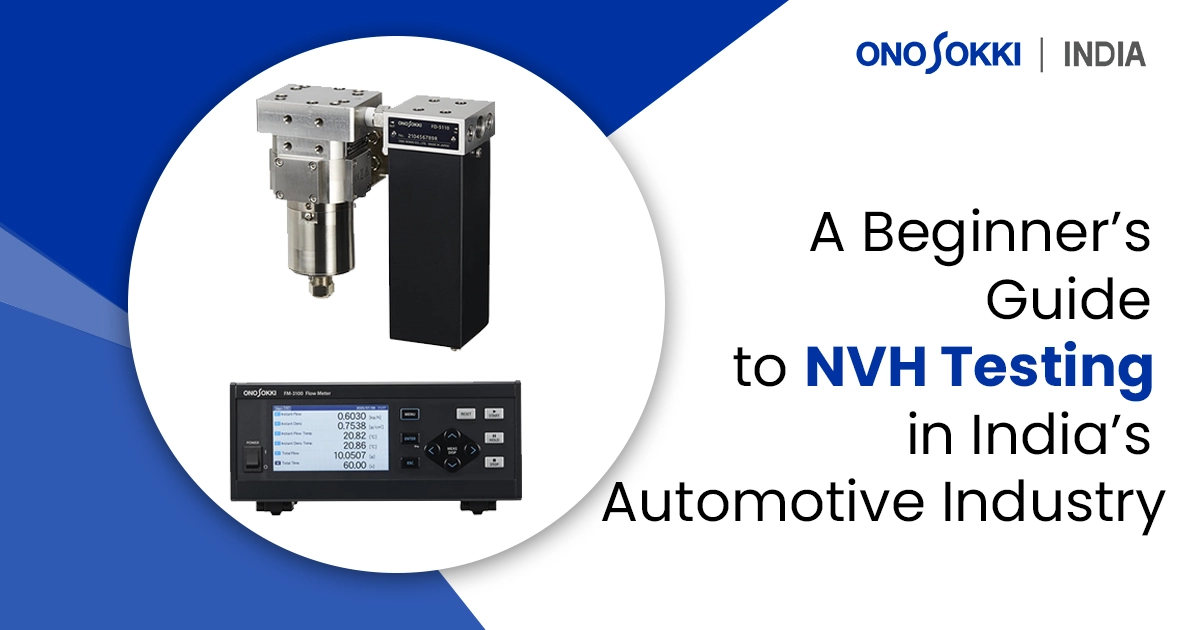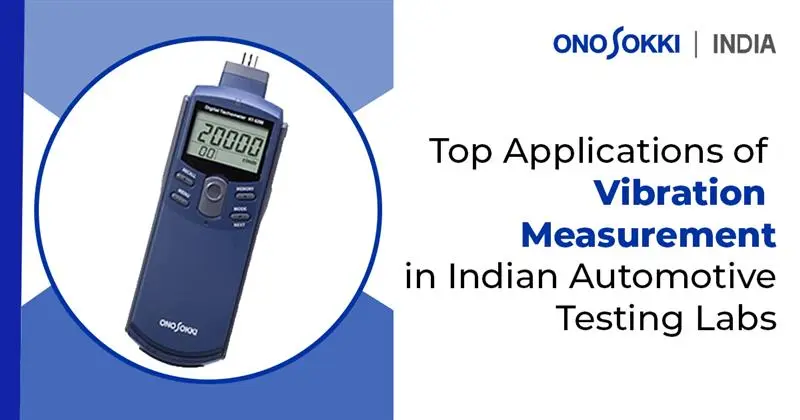



In the dynamic world of automotive engineering, vibration measurement has become a critical pillar in designing, testing, and validating vehicles. Especially in India—where varied terrain, climatic diversity, and rapid industrial growth challenge vehicle performance—automotive vibration testing is essential.
Indian automotive testing labs today are equipped with state-of-the-art technology to assess everything from vehicle noise and vibration to long-term structural integrity. But what are the real-world use cases of this testing? And why is NVH testing in India getting so much attention?
Let’s explore the top applications of vibration measurement in Indian automotive testing labs—and why they matter.
The powertrain system—engine, gearbox, drivetrain—is a prime source of vibration in any vehicle.
Indian testing labs perform detailed vibration analysis on:
Why it matters:
These insights help reduce engine noise, improve fuel efficiency, and prevent damage from long-term vibration fatigue.
Absolutely. A car’s chassis and suspension system directly impact how vibrations from the road surface are transmitted to the driver and passengers.
In India, where uneven roads and potholes are common, testing ride comfort under real-world conditions is essential. Manufacturers simulate city, highway, and rural driving scenarios using hydraulic shakers and vibration benches.
Bonus insight:
Indian OEMs now integrate driver comfort scores based on NVH data, directly impacting vehicle marketability.
Noise, Vibration, and Harshness (NVH) testing has become a competitive differentiator in India’s automotive industry.
Consumers now expect a quiet, smooth ride—even in affordable segments. NVH testing identifies:
Common question answered:
“Why is my new car making noise inside?”
This application explains how labs prevent that from ever happening.
Yes—vibration testing plays a major role in predicting vehicle lifespan.
In durability testing, Indian labs expose vehicles to:
This allows automakers to find structural weak spots before vehicles hit the road.
Real-world impact:
Buses and trucks tested under Indian highway conditions show that targeted vibration damping can extend component life by 30–40%.
Electric vehicles are quieter by nature—which means that minor vibrations become more noticeable and potentially disruptive.
Given India’s fast-growing EV segment, labs are adapting vibration test protocols for:
Yes. Vehicle certification in India under AIS (Automotive Industry Standards) and Bharat Stage (BS) norms includes stringent checks for NVH and structural vibration limits.
Vibration testing supports:
For example, a vehicle exported to Europe must meet EU NVH benchmarks, requiring extra testing beyond Indian standards.
Bonus: Labs also help with pre-certification to speed up approval processes.
At the final stage of production, end-of-line (EOL) testing checks whether each vehicle meets quality benchmarks before leaving the factory.
By comparing real-time vibration data to baseline values, manufacturers can instantly flag abnormalities and pull faulty units off the line.
Used in:
Plants operated by Tata Motors, Maruti Suzuki, and Mahindra, among others.
Indian automotive labs are moving toward smart, predictive systems powered by AI and cloud analytics.
| Application Area | What It Tests | Why It Matters |
|---|---|---|
| Powertrain Systems | Engine, gearbox, shaft alignment | Fuel economy, smoother acceleration |
| Chassis & Suspension | Shocks, bushings, control arms | Comfort, road grip, structural safety |
| NVH Analysis | Cabin noise, dashboard rattle | User satisfaction, brand perception |
| Fatigue & Durability | Structural wear over time | Longevity, fewer breakdowns |
| Electric Vehicles | Motor, battery pack, control electronics | Silent operation, safety |
| Compliance & Homologation | Legal benchmarks under BS and AIS norms | Legal sale and export approval |
| End-of-Line Testing | Real-time fault detection | Zero-defect manufacturing |
| Smart Vibration Testing | AI diagnostics and digital twins | Predictive maintenance, faster R&D |
As India races toward becoming a global auto manufacturing hub, technologies like automotive vibration testing, NVH testing, and vehicle noise and vibration analysis are no longer limited to premium cars—they’re essential across all segments.
From diesel trucks in Rajasthan to EV scooters in Bangalore, vibration testing ensures that vehicles are safe, silent, and sustainable. And with labs constantly upgrading to smarter tools, the future of Indian automotive testing is not just robust—it’s intelligent
Automotive vibration testing is the process of evaluating how different vehicle components react to various vibration frequencies and amplitudes. It helps identify structural weaknesses, reduce noise, and improve the overall driving experience.
NVH testing (Noise, Vibration, and Harshness) is crucial in India due to diverse road conditions, extreme climates, and growing consumer expectations. It helps manufacturers deliver smoother, quieter, and more reliable vehicles tailored to Indian environments.
EVs undergo specialized vibration testing to assess:
Because EVs are naturally quieter, even small vibrations are more noticeable, making testing more sensitive.
Common tools include:
Yes, many Indian labs now meet international standards (ISO, ECE, SAE) and offer digital twin simulation, AI-based diagnostics, and multi-environment testing for both domestic and export models.